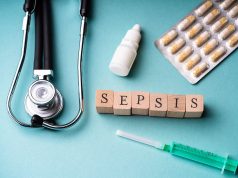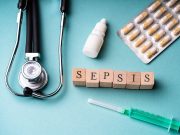Highest risk for epilepsy seen for seizure etiologies of neonatal cerebral infarction, hemorrhage, or malformations
By Elana Gotkine HealthDay Reporter
MONDAY, Feb. 24, 2025 (HealthDay News) — The highest risk for epilepsy after neonatal seizures appears to be within the first year of life, according to a study published online Feb. 19 in Developmental Medicine & Child Neurology.
Jeanette Tinggaard, Ph.D., from Copenhagen University Hospital in Denmark, and colleagues estimated the cumulative risk for epilepsy after neonatal seizures and identified subpopulations at increased risk in a register-based cohort study involving all children born in Denmark between 1997 and 2018.
A total of 1,294,377 children were followed, and 1,998 neonatal survivors of neonatal seizures were identified. The researchers found that the cumulative risk for epilepsy was 20.4 and 1.15 percent among children with and without neonatal seizures, respectively. Among children with neonatal seizures, epilepsy was diagnosed before 1 year of age in 11.4 percent, between 1 and 5 years in 4.5 percent, between 5 and 10 years in 3.1 percent, and between 10 and 22 years in 1.4 percent. Compared with children with seizures of unknown etiology, the etiologies of cerebral infarction, hemorrhage, or malformations and low Apgar score were associated with the highest risk for epilepsy (adjusted hazard ratios, 2.49 and 1.49, respectively).
“Our study confirms a substantial risk of epilepsy after neonatal seizures in neonatal survivors, with the highest risk observed in the first year of life but persisting into adolescence,” the authors write.
Copyright © 2025 HealthDay. All rights reserved.



















